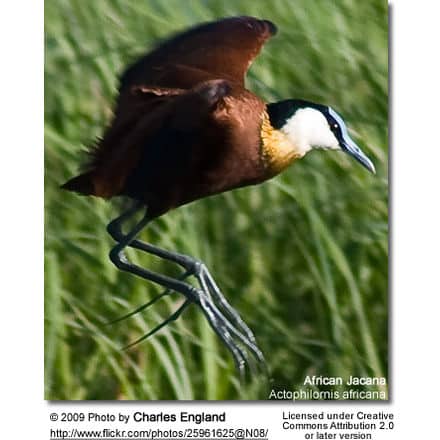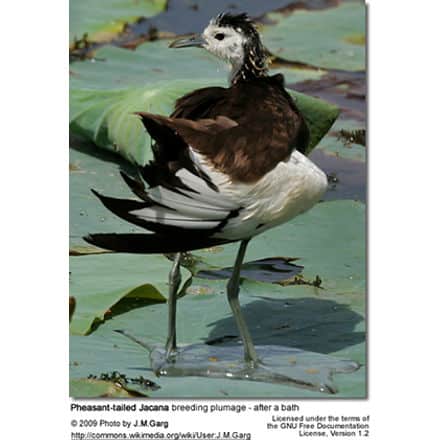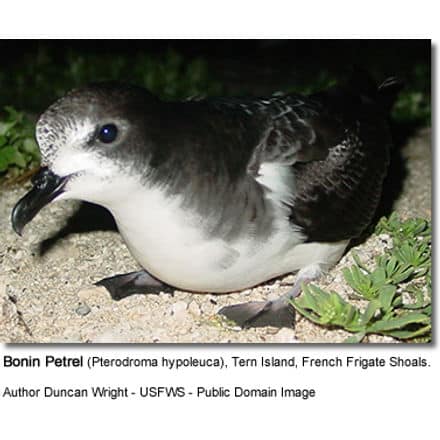Jacanas aka Lotus Birds, Lily Trotters or Jesus Birds
The Jacanas are long-legged marsh birds belonging to the group of tropical waders in the family Jacanidae.
Distribution and Habitat:
They are found worldwide within the tropical zone, inhabiting freshwater ponds, the margins of lakes, swamps, and lagoons where they feed on insects, small mollusks, and seeds of aquatic plants.
Eight species, placed in six genera, are found in both the New and the Old World tropics. There are 2 species in the Americas; 3 species in Africa and 3 species in the Far East down to Australia with 9 subspecies in Central America and 3 subspecies in Australia. Most species are sedentary, but the Pheasant-tailed Jacana migrates from the north of its range into peninsular India and southeast Asia.
Description:
Jacanas are identifiable by their huge feet and claws which enable them to walk on floating vegetation in the shallow lakes that are their preferred habitat. They resemble the common moorhen and other rails, such as coots and gallinules.
They have a sharp spur on the elbow of the wing, which is a formidable fighting weapon.
Their most distinguishing features are their long toes — indeed the longest toes of any bird – and the longest claws on the reverse toe. The claw of the lotus bird is 7cm. The combined length, from the tip of the reverse toe to the tip of the forward toe, in this bird is 20cm. In the lesser jacana, smaller than the sparrow, the reverse claw is 4cm.
Its unusually long toes and claws allow it to run over floating vegetation and lily pads thus accounting for the name lily trotter. As they appear to be walking on water, the Jamaicans refer to the Northern Jacanas as the ‘Jesus birds.’
These same toes make walking on land ungainly and, though occasionally seen on land, this is a rare event. The sexes in all jacanas have the same coloration. The female is larger than the male. In most species, both sexes have dark brown or black plumage, a yellow wattle at the base of the bill, and greenish-yellow wing feathers that are conspicuous during flight.
The females are larger than the males; the latter, as in some other wader families like the phalaropes take responsibility for incubation, and some species (notably the Northern Jacana) are polyandrous (meaning they form stable unions with more than one male). However, adults of both sexes look identical, as with most shorebirds.
The annual molt of the primaries (longest wing feathers) proceeds medially-laterad in the Central American jacana and laterally-mediad in smaller jacana species; the rest of the species lose all their wing feathers simultaneously which makes them unable to fly.
Diet:
Food consists of insects, small mollusks, and seeds of aquatic plants picked from the floating vegetation or the water’s surface.

Breeding:
The nest is a mass of floating vegetation and the male incubates the eggs and cares for the young. The average is four eggs in each clutch.
The eggs have a glossy lacquer-like surface, their color ranging from yellow to nut-brown with, except for the pheasant-tailed, a scribbled or speckled design. The incubation period is 22-24 days.
The chicks, covered in dense down with camouflage design at hatching, can get about on their swimming and diving within a few hours.
Clutch size:
| Species | Female weight average (g) |
Clutch weight | Egg size L x W (mm) |
Chicks carried under the wing |
| African Jacana – Actophilornis africana | 232 | 36 | 33 x 23 | Yes |
| Bronze-winged Jacana – Metopidius indicus | 48 | 36 x 25 | Yes | |
| Comb-crested Jacana – Irediparra gallinacea | 130 | 28 | 30 x 22 | Yes |
| Lesser Jacana – Microparra capensis | 41 | 18 | 25 x 18 | ? |
| Madagascar Jacana – Actophilornis albinucha | 239 | 51 | 37 x 25 | Yes |
| Northern Jacana – Jacana spinosa | 145 | 33 | 30 x 23 | No |
| Pheasant-tailed Jacana – Hydrophasianus chirurgus | 231 | 56 | 35 x 28 | No |
| Wattled Jacana – Jacana jacana | 143 | 39 | 30 x 23 | No |
Sub-species:
African Jacanas / Lily-Trotters (Actophilornis africana)
Bronze-winged Jacanas (Metopidius indicus)
Comb-crested Jacanas / Lotusbirds (Irediparra gallinacea)
Lesser Jacanas (Microparra capensis)
Madagascar Jacana (Actophilornis albinucha) – Endemic to Madagascar
Northern Jacanas (Jacana spinosa)
Pheasant-tailed Jacanas (Hydrophasianus chirurgus)
Wattled Jacanas (Jacana jacana)




